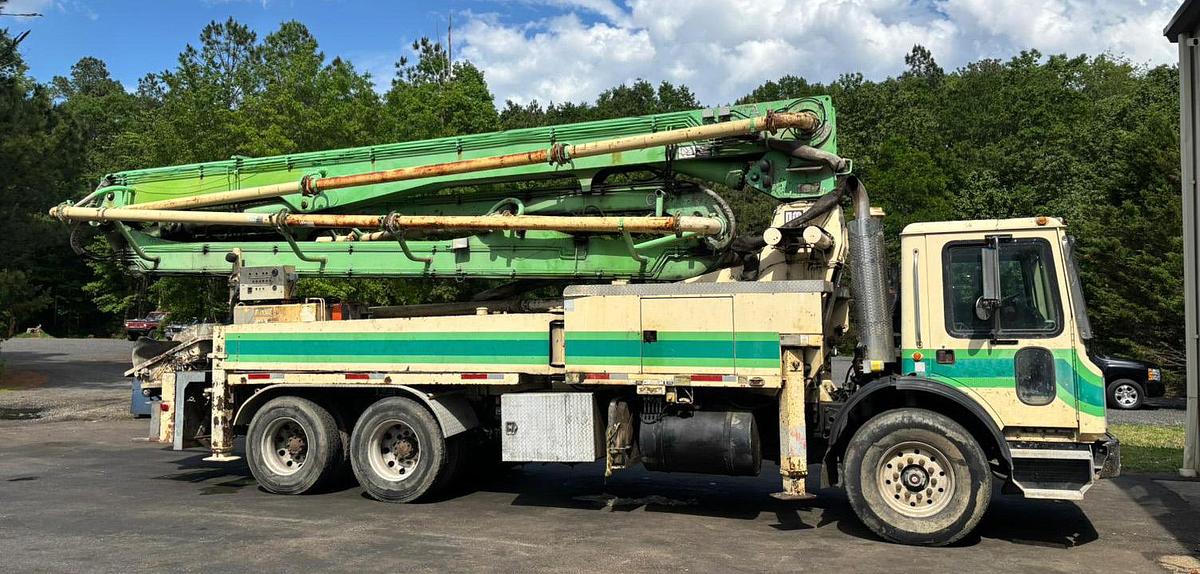Advanced Filters
Category
Manufacturer
Condition

Featured
2006 Putzmeister TK-40 with 250 foot of 2 1/2" system
- Stock Number
- 10023
- Pump Hours
- 1900
- Engine Make
- Duetz
- Engine Power
- 75HP
- Price
- $40,000

Featured
2000 Putzmeister BSF36-16H Roll and Fold
- Stock Number
- 10022
- Odometer Miles
- 422186
- Engine Hours
- 28847
- Pump Hours
- 4266
- Price
- $69,000

2024 Putzmeister TK-1005 Trailer Pump (Brand New)
- Stock Number
- 0624PutzTK1005
- Pump Year
- 2024
- Yards Per Hour
- 63
- Price
- $118,750

2024 Putzmeister TK 1007 Trailer Pump
- Stock Number
- 10002
- Maximum Output
- 93 yds per hour
- Pump Year
- 2024
- Price
- $126,500

2013 Putzmeister BSF 47Z-5
- Stock Number
- 10025
- Odometer Miles
- 98145
- Engine Hours
- 11226
- Pump Hours
- 2310
- Price
- $335,000

2018 Putzmeister 31Z on Mack GU
- Stock Number
- 0624Putz2018
- Boom Pump Length
- 31M
- Truck
- Mack
- Engine Hours
- 5492
- Price
- $265,000

2019 Schwing 1000 City Pump
- Stock Number
- 10017
- Engine Power
- 240HP Cummins
- Odometer Miles
- 82126
- Pump Hours
- 2200
- Price
- $125,000










